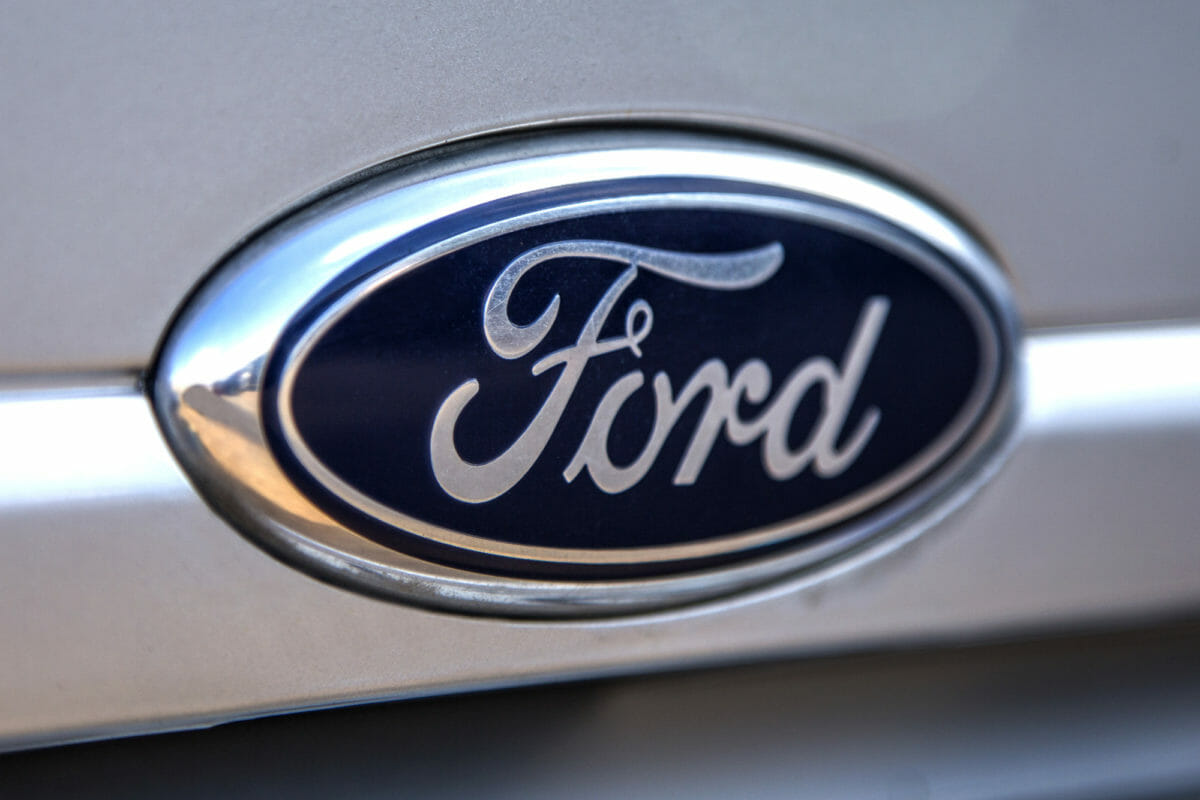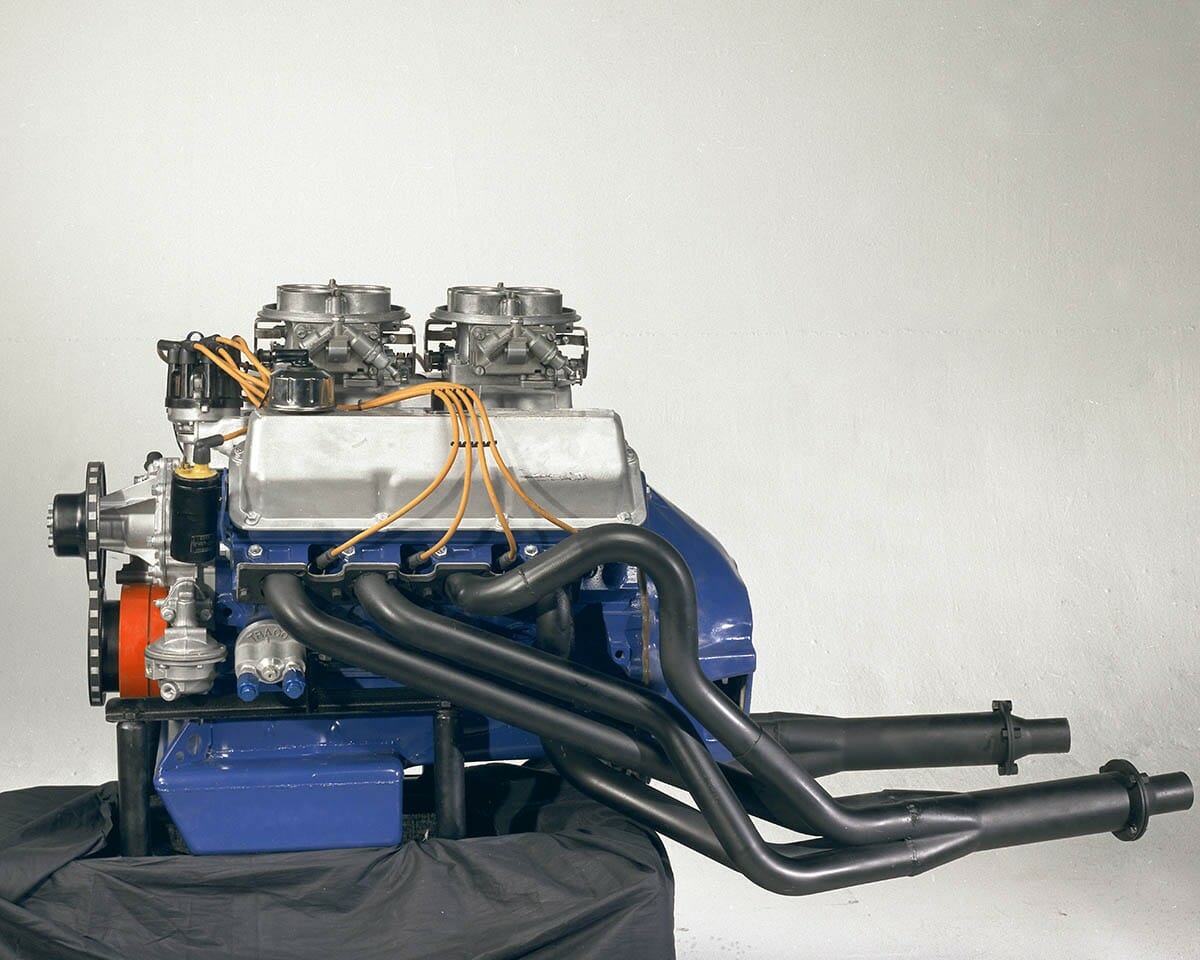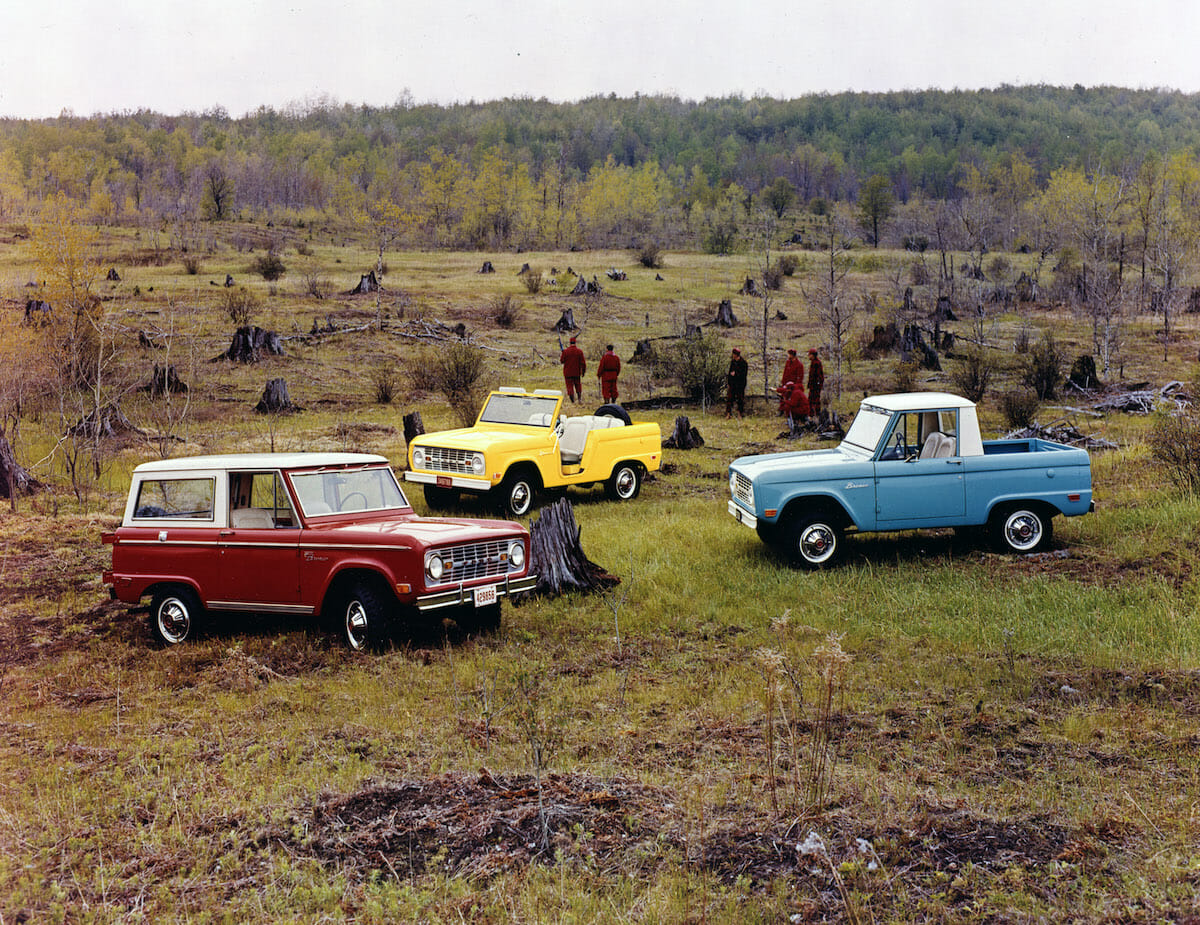Ford’s legendary 302 small block V8 is renowned for its reliability, and it’s remained a staple of Ford’s lineup for over 30 years.

Ford Motor Company‘s 302 engine is deeply rooted in American automotive history. The engines were so prominent in Ford’s lineup throughout their run that it would take less time to list the cars that didn’t come with one. A combination of respectable power output and a nearly faultless and trustworthy reputation made the 302 a staple of every parking lot in America.
In fact, it’s still not at all uncommon to see an old 302 running like it just rolled out of the factory yesterday. Though their use in production vehicles ended over 20 years ago, there is still a substantial fanbase keeping the good ol’ 302 going.
The 302 is a part of the Ford small-block V8 family. The small-block Ford family of engines ranges in displacement from 221 cubic inches to 351 cubic inches. You may come across various names that refer to this family of engines. Windsor is a prevalent one. Though it was never officially used as a name for the platform by Ford, owners and enthusiasts gave it the name in reference to the engine’s production location.
Many of these engines were made in the Windsor, Ontario, Ford production facility. Though not every 302 was built in Windsor, they retained the name regardless. The engines are also referred to as pushrod V8s, distinguishing them from the newer overhead camshaft V8s in Ford vehicles. Let’s take a look at the iconic history of the Ford 302 small block V8.

Ford’s 302 Engine: A Brief History
The 302 first appeared in 1968 as the successor to the 289 small block V8. The list of cars the 302 came in is virtually endless. Perhaps the most widely known use of the 302 V8 is its use in Ford Mustangs and Mercury Cougars. However, those legendary sports cars only scratch the surface of where they can be found.
The 302 was used in many Ford passenger vehicles, including the Ford Fairlaine, Torino, Ranchero, Fairmont, and Crown Victoria. On the Mercury side of the spectrum, the 302 was found in the Grand Marquis, Montego, Zephyr, and Capri, among others. The 302 is also readily found in Ford trucks and vans spanning the entirety of their production.
From 1968 to 1979, the 302 came standard with a two-barrel carburetor and produced 210 horsepower at 4,400 rpm and 295 lb.-ft. of torque at 2,400 rpm. The year 1970 saw an increase in power output with a bump to 220 horsepower and 310 lb.-ft. of torque.
Unfortunately, the 1970s Arab oil embargo stopped the development of more power as the U.S. turned its eyes on improved fuel economy and more fuel-efficient engines. All manufacturers suffocated their V8 engines in an effort to meet expectations of fuel efficiency in order to combat rising gas prices. In essence, it was an unfortunate time in performance automotive history.
The 302 saw massive decreases in power from 1971 into the early eighties, with horsepower figures reaching as low as 134 horsepower for the 1977 model year. To put that power in perspective, a 1977 Volvo with a 2.3-liter four-cylinder made only twenty less horsepower than Ford’s iconic V8. Fortunately, the low output 302 was not here to stay.
Boss 302
Perhaps the most widely recognized version of this iconic engine was the one found under the hood of the nothing-short-of-legendary Boss 302 Mustang. Though it was only available in 1969 and 1970, the Boss 302 Mustang is an icon of the history pony car’s legacy. The engine, which also wears the name “Boss 302,” is a high-output variant of the typical 302 engine.
The changes made to the Boss 302 compared to the standard variant include the use of Clevland cylinder heads (named for their production in the city of Clevland, Ohio) and increasing the bore and stroke a hair. The major change came from the bump to a 10.5 to 1 compression ratio. The result was a remarkable output of 290 horsepower and 290 lb.-ft. of torque. That is a remarkable increase of 80 horsepower relative to the standard version in 1969.
The currently available Ford Performance crate engines still bear the name Boss 302 to a certain extent. Known as the Iron Boss 302 series, these engines are available in various trims with different displacements, compression ratios, and power levels. The standard 302 cubic-inch variant makes an impressive 340 horsepower.
However, the highest output version available makes over 500. No matter which one piques your interest, it’s fantastic to see the legacy of the Boss 302 still alive and kicking.
Era of the 5.0
In 1982, Ford released the newest variant of its legendary pushrod 302. It underwent a name change. The 302 was now the 5.0, and the name change was not at all the most significant departure from its previous versions. The standard variant of the 5.0 engine was found in the Ford Mustang, Mercury Capri, Ford Explorer, Mercury Mountaineer, Lincoln Towncar, Mercury Grand Marquis, Ford Crown Victoria, and the Lincoln Mark VII. However, it was only available in the Lincoln Mark VII in 1987.
The debut of the 5.0 came with a slightly angrier version known as the 5.0 HO. The HO stands for high output and was found in manual transmission examples of the Ford Mustang and Mercury Cougar. Though the HO did not initially have a monumental power output, it would steadily grow to much more impressive numbers by the mid-eighties. In 1982, the 5.0 HO made a slightly underwhelming 157 horsepower.
However, further developments in the camshafts used, cylinder heads, and the addition of fuel injection steadily increased the power to much more substantial output.
By 1985, the 5.0 HO came from the factory with a much more exciting 210 horsepower output rating. The year 1989 saw the introduction of the Mass Airflow fuel injection system and increased the power of the 5.0 HO found in the Foxbody Mustang to a whopping 225 horsepower. This put it within spitting distance of the same model year Corvette, which was a massive undertaking at the time. The most powerful variant of the 5.0 HO came in the 1993 Ford Mustang SVT Cobra, with an impressive 235 horsepower rating.
The use of the 5.0/302 V8 in production vehicles ended with the model year 2001 Ford Explorer. The final variant in the explorer had 215 horsepower.

The 302 in the Afterlife
Though the production of the 302 engine ended over 20 years ago, lovers and enthusiasts of the engine have kept it more relevant than ever. Venture through any sort of performance catalog or website, and you are bound to find a remarkable number of aftermarket parts for the 302. Things like performance camshafts, cylinder heads, intake manifolds, carburetor setups, electronic fuel-injection upgrades, and much more are the norm. There are even factory power-adding options in the form of taking parts of a later model 302 and putting them on all blocks.
One major swap many 302 enthusiasts complete is putting the cylinder heads and intake manifold from an Explorer on older or lower output engines. These are known as GT40 intake manifolds and cylinder heads. While they are getting slightly harder to find in junkyards, they are still relatively available through resellers around the country.
Additionally, forced induction options are plentiful. Turbocharger and supercharger kits are readily available, and these mighty engines are plenty capable of some remarkable power.
That’s not to say that forced induction is required to make a high-horsepower 302 build. Hot Rod Magazine has proven that a naturally aspirated 302 from a junkyard is capable of over 500 horsepower.
Indeed, the 302 is more than alive and well in the performance and racing community. Though many have turned their heads toward the modern Ford modular V8 platform, it’s hard to dislike an engine so capable that can also be found in virtually every single junkyard in the country.

An Everyday Driver that Won’t Give Up
While the performance scene does represent a big chunk of the 302 enthusiasts demographic, it is undoubtedly not the only niche still loving their Ford small-block V8s. There’s still a myriad of everyday commuters driving 302 powered vehicles. There’s likely a large number of them that bought their 302 vehicles new and still use them without issue. If you’re considering buying a car with any form of the Ford small-block V8 for daily use, there’s plenty of reason to do so!
The most obvious reason to consider a small block Ford is their notoriety for being reliable. There isn’t a lot of failure points they have, especially in stock format. Eventually, some develop vacuum leaks that make them rough at idle.
Additionally, some have EGR tube failures that also make it run a little bit funky. However, these engines are not known for any major mechanical failures, and their various small detriments can easily be repaired. Other small issues include the decay of gaskets and oil leaks, but that is something to be expected of any engine in this age range.
Parts for these engines are plentiful and still being produced. Most normal automotive parts stores will have just about everything you need in stock, given the high volume of 302s produced.
Additionally, there are many aftermarket parts that offer solutions not only for performance but to upgrade or replace old parts. Even if you do run into small issues, the availability of parts and simplicity of maintenance will have you back on the road in no time.
Whether you’re looking for an old-school muscle car or a cheap work truck, the 302 is an excellent choice under just about any circumstance. Whether it’s destiny is to be a weekend toy, or you plan on driving it across the country, the 302 won’t let you down.
Photos: Ford; DepositPhotos
